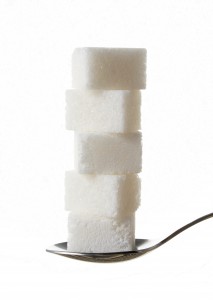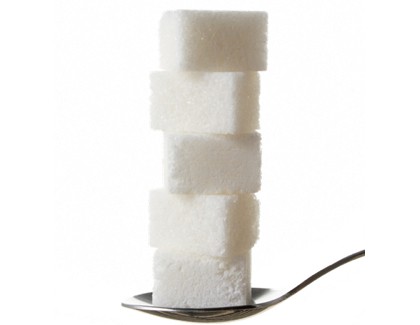
Yes, it’s the holiday season and most likely you have more than the usual amount of sugar on hand in your pantry. That’s okay—it’s the holidays. If, however, you’re trying to limit your own sugar intake for health reasons (or if you’re going to be cooking for people who are), I’m here to show you that it’s possible to swap fruit for some sugar in your recipes no matter the season (or the reason). The trick is to know where to logically switch sugar for fruit, and in what amounts.




